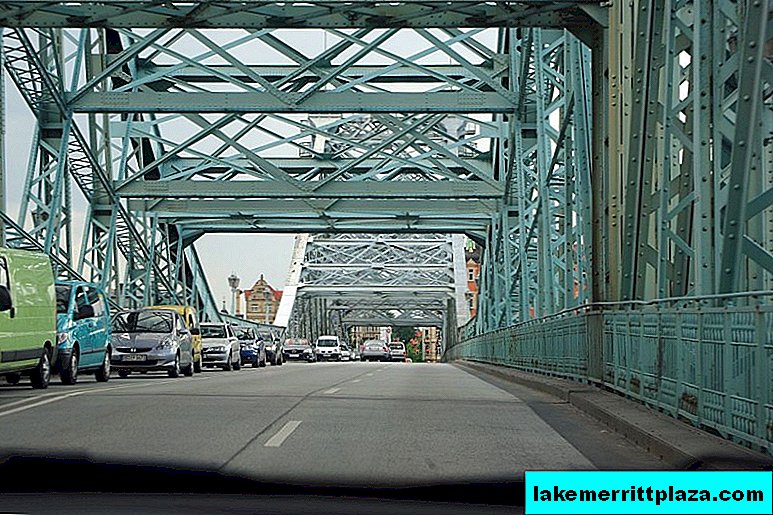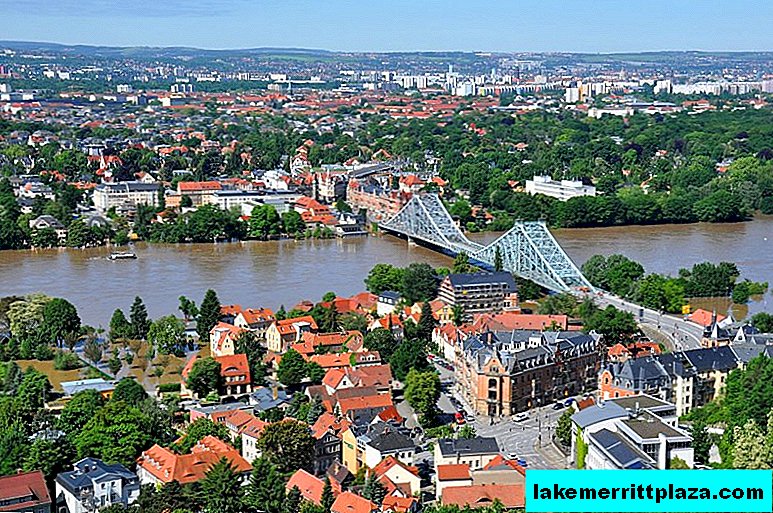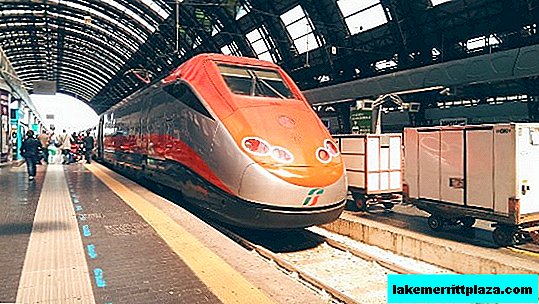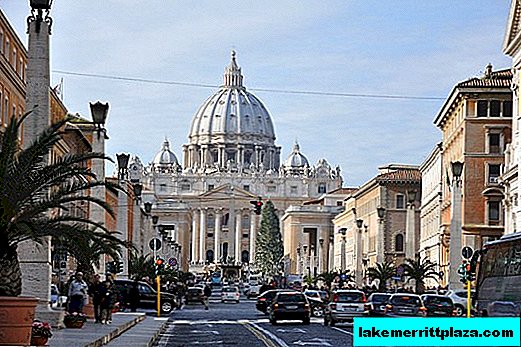The Blue Miracle is a bridge across the Elbe, an engineering miracle of the 19th century. Only two supports on the shore support its construction. The bridge got its name because of the unusual color scheme.

Blue Wonder Bridge (Blaues Wunder), photo Lupino M
The most interesting and unusual bridge connecting the banks of the Elbe between the districts of Dresden, Blazovits and Loshvits is the Blaues Wunder bridge. Its official name is the Loshvitsky Bridge (Loschwitzer Brücke), it is also the King Albert Bridge (until 1912).
Built at the end of the 19th century, it became a miracle of engineering technology. The construction of the bridge is supported by only two pillars located along the banks of the river. The length of its main span is 146 m. The bridge is practically mounted. The Elbe River Valley is one of the most beautiful places in Germany and the steel lattice structure of the bridge fits perfectly into the picturesque landscape of the area.

On Bridge
Another miracle is the color of the Loshvitsky bridge. Now it is gray-blue. But according to legend, immediately after construction, the bridge was green. And why now he is blue, no one knows. Either the sun's rays became the cause, or the unknown properties of the paint, or a miracle happened ...
Whatever happens, but today the bridge makes an amazing impression both in daylight and at night, when everything shines and shimmers with lights.

View of the Blue Wonder Bridge, fresch-energy photo

Bridge in the night, photo jens
How to get there
Take tram 6, 12 to the Schillerplatz stop.








